![]()
The Nike Presto Extreme above
Last year at this time the ZX Flux was continuing to push its way into the market and UltraBOOST was just a hype word and not many people were able to grab the shoes. The ZX Flux showed a trend shift, but the shoe that was shining was the Nike Huarache. The Retro release was dropping in a ton of colors and was reselling at prices that were crazy. Nike moved the retro price from 100.00 to 110 on GRs and to 120-130 for Premium versions. As 2015 came to a close though Nike was peaking in stocks, but Adidas was waking up and like I said, my sales on the ZX Flux from November 1st to December 31st 2015 were for an average price of 129.99 for a 90 dollar shoe. This doesn’t seem like much, but remember no one was flipping Flux shoes at this time. The Flux that was really hot was the previous years’ 2014 Rainbow Prism and Ocean Print. Below is a sample of resale on the ZX Flux at the end of 2015. While resale on the Prism and Ocean were really hot, when the resale price carried over into 2015 with solid color Flux, this was a warning shot and signaled a change on the horizon. 2015 didn’t see an extremely hot Flux. The red (Yeezy) Flux sold at around 139.99, but the Flux sold in every color at 119 to 139 in various colors. All over the 90 dollar price.
| Adidas ZX Flux (Black Elements: Total Blackout) Black1/black1/chalk2 (10.5) | 8 | 0.00% | 16 | 0.00% | 69% | 2 | 25.00% | $259.98 | 2 |
Nike at the same time in 2015 was completely crushing the running shoe scene and the average price for a Huarache was 179.99 for a 100 dollar shoe. Like I said though the Adidas Flux price in the cart above was the norm in 2015 and this showed the potential for Adidas. Nike didn’t develop any new tech or comfort systems. They relied heavily on the retro Huarache and rightfully so, it was an amazing shoe in 2015:
| Nike Men’s Air Huarache Black/Black/White Running Shoe 10.5 Men US | 457 | 0.01% | 537 | 0.01% | 53% | 3 | 0.66% | $529.34 | 3 |
Now the listings above are only a sample. If you want me to do a video to show you the shift from Nike to Adidas in runners just ask. The average price of sale for the ZX Flux was about 124.99. The spike for the ZX was in 2014 spring and summer and the Ocean was selling for around 179.99 a pair for a 90 dollar shoe. I can’t pull the stats for that since it goes past my two year window, but Adidas was growing. The Huarache was selling for 175.
So the difference in resale was expected and Nike was dominating in 2015, but Adidas was making serious waves. Then 2016 hit and UltraBOOST along with the NMD exploded. The Adidas runners currently control the resale market in runners with YZY doing better numbers in resale than Jordan. Nike runners have been taking a serious backseat. To the extent that I wrote this article:
Business Talk: Has the Nike Flyknit Racer Grown Old?
This wasn’t click bait either. It was a careful analysis of how a shoe that once garnered a healthy return on the resale market is now sitting in stores with what could have been one of the most coveted colorways released, the Triple Black Flyknit Racer. Nike realized this and has taken to dropping the Flyknit Racer in a bey of new colorways.
IMPORTANT NOTE: These shoes are selling out at retail which is a good thing. They don’t carry any resale value which is a first for the Flyknit and the complete opposite of the NMD and UltraBOOST.
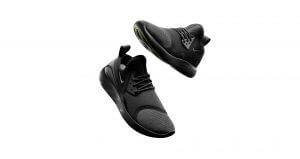
To continue the battle against the adidas runners Nike has also created a new shoe the Lunarcharge. The Lunarcharge and the retro release of the Presto and the newest model the Presto Extreme are all targeted at the area where the NMD/BOOST/YZY is occupying to gain a share of the market. These new entries along with a host of Huarache all have one problem and that is it feels like we’ve seen them before. This is evident in the Roshe 2 failure. Nike is having a difficult time finding its footing in this current market. Nike still dominates the market and Adidas has to spend a lot to maintain, but it’s interesting to watch how Nike attempts to reestablish itself when Adidas is now capturing the resale market which is a lot more important than anyone wants to believe:
How NPD’s Matt Powell Could Be Wrong About Sneakerheads
Here are the recent numbers of sales on the NMD from my shop:
| Adidas NMD_R1 (Wool Pack) | 1,620 | 0.33% | 2,014 | 0.32% | 3% | 12 | 0.74% | $2,279.88 | 12 |
As always look at the bold numbers. I sold 12 pair of a particular color in the last few weeks. Note how much they sold for, an average price of 189.99 with 15.00 dollars shipping or 205.00. What’s important to notice here is that I was the cheapest price available. When I sold out the shoe spiked at around 250.00/pair. The Nike Huarache is now selling at retail. The Flyknit Racer isn’t selling in the resale market and the LunarCharge, is very limited in release.
Nike is battling Adidas and based on numbers at retail Nike is still king, but in the resale market Nike is losing. Does this matter though? Is it reason for concern?

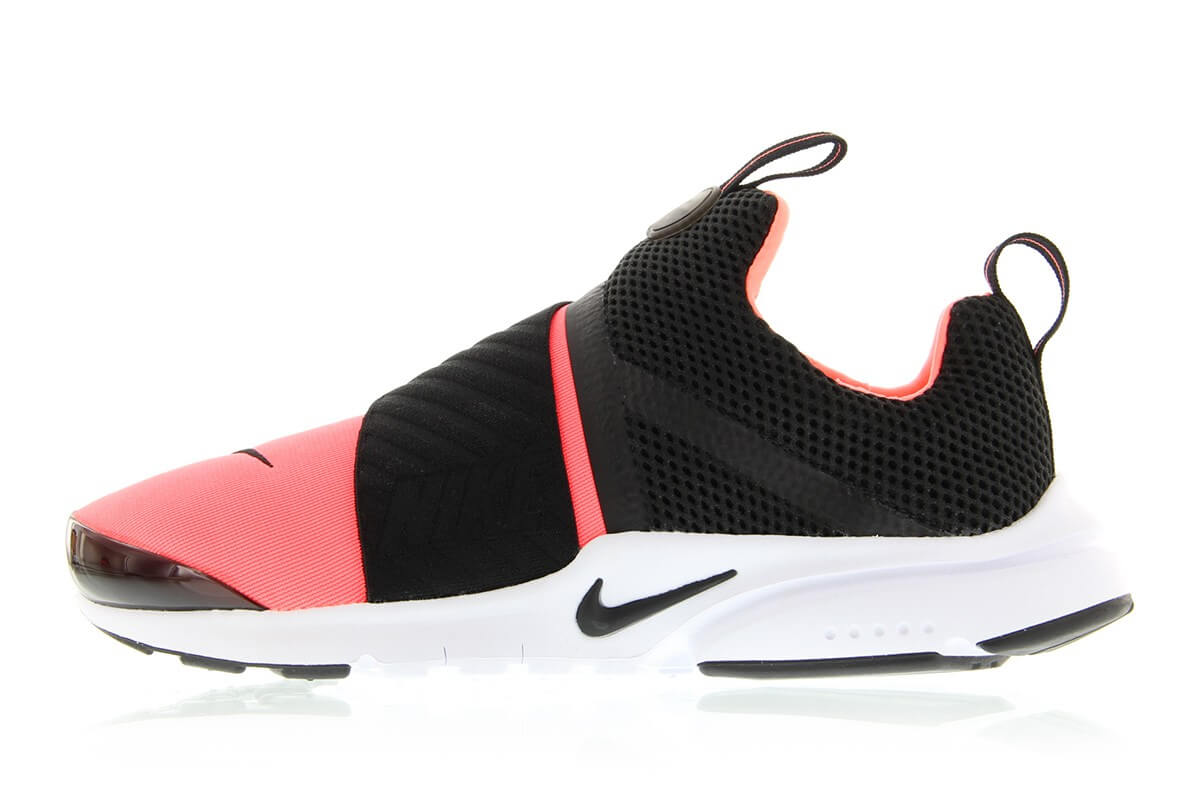
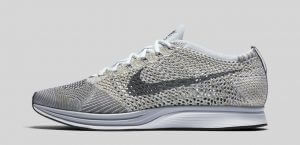
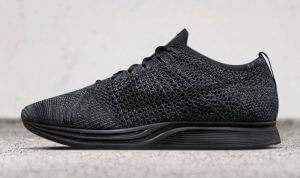
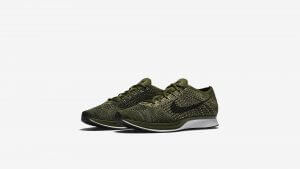

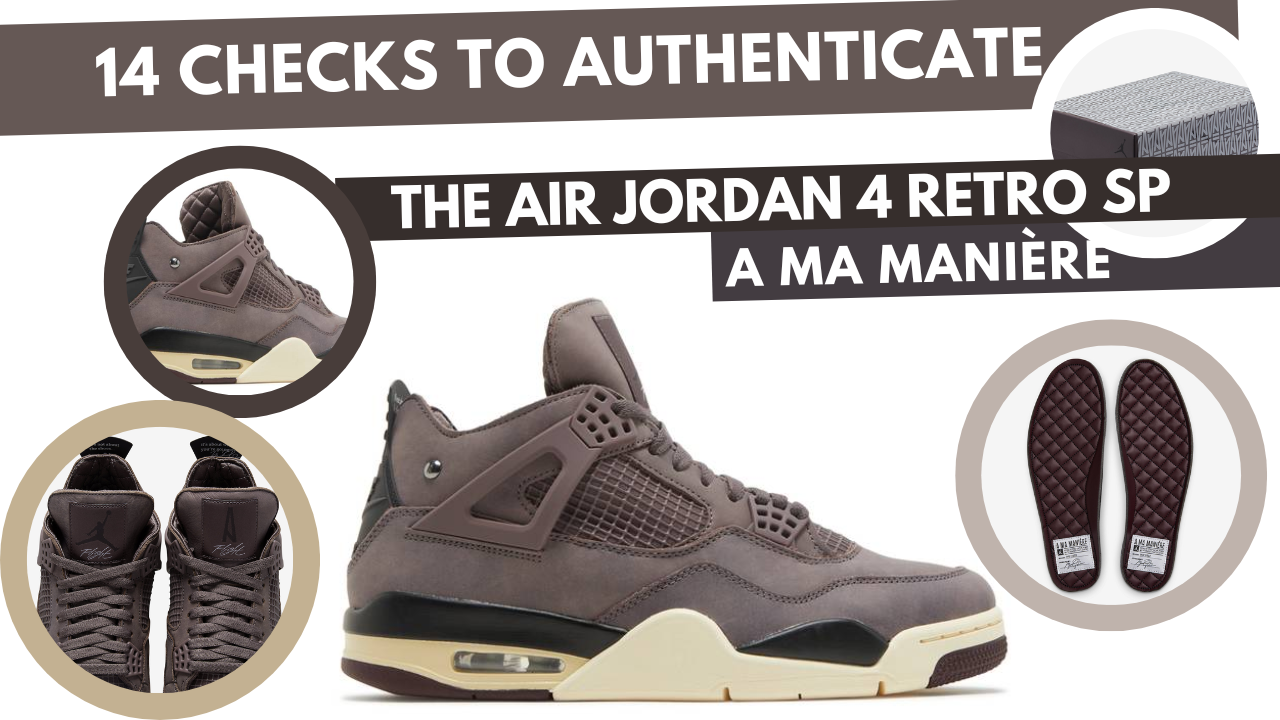


of course it matters for two reason. 1. hype. if theres no hype behind the shoe, then theres no resale value. Period. 2. lost change. what do i mean by this? if theres hype behind the shoe, then theres a resell value (esp. if the shoe is limited). if the shoe is flipping for x2 or x3 the RRP or SSP, then thats money (lost change) that the brands has lost out on. is it a course for concern? well it depends on what your angle is. if you thirst for hype then no as hype is positive publicity for the brand. if you are worried about the (profit) margins then yeah it is. from that point you’ll have to question your pricing strategy etc etc etc
I don’t know if I quite follow what you’re saying. Let me see if I get it. Are you saying resale is important because it determines how successful a shoe is? If that’s what you’re saying I can’t agree. Read this and you will see that Adidas’ success isn’t based on the NMD, it’s based on the Superstar: http://www.arch-usa.com/why-the-adidas-superstar-is-worth-more-than-the-nmd-and-ultraboost/
I do agree that hype helps though. I’m with you on that 100.
resale is important it does highlight the popularity of the shoe (regardless of scarcity – though that would push the value of the shoe north in the resale market). sneakerheads are the testing ground for new models. hyperfeel (a product created by nike) had disappeared within 18mths. its initial reception was positive, it was only later that problems occurred with design flaws causing injuries. why have i mentioned this? though my initial statement wasnt aimed at a particular brand/model (more replying to your statement) picking up on your response to NMDs, this shoe has been proven to be successful on many levels. I agree with the link and the fact that superstar is the real cash cow.
just to add – lets not get it twisted tho, sneakerheads are not the brands focus and in fact, they (sneakerheads) represent a very small market segment.
When I redesigned the site and co-started the AHN (ARCH x Housakicks Network) I renamed the tagline “The Smarter Sneakerhead Site”. I changed this because I found a random YouTube station with a similar title and as the site grew that person could begin a dispute that I capitalized on his YT name. I changed the site tag to “In Depth Sneaker Info”. I say that to thank you for your feedback and comments. I also say that to guide you to a counter argument here on the site that I wrote. Read the article above on How Matt Powell Could Be Wrong and then read this: http://www.arch-usa.com/sneakerheads-really-influential/
My goal is always to get the sneaker community to talk about more than just releases. After you check those out, I’d be interested in seeing if your opinion of the value of the sneakerhead community shifts a bit. Remember all of my posts are meant to create debate. Sneakerheads make up a larger percentage of the market than people think because most only guage eBay sales and sneaker websites and they fail to consider the older community, women and the market abroad influenced by Sneaker culture.
Valid points raised indeed. maybe i owe you an apology because i wasnt succinct in my explanation. i’ll stand by my statement that sneakerheads represent a very small market segment. let me explain. most of the major brands imo make more money based on their successful models (superstar, Air Force or Air Max series, Gel Lyte III) than they do on their limited edition shoes (unfortunately i’m too lazy to back these up with fact – and has been proven with your earlier response).
maybe (and i think youve highlighted this already…) the definition of sneakerhead needs to be examined in greater depth (maybe a future blog post).
these are random musings during the Christmas period.
Man you don’t know how much I appreciate your feedback. No apology needed. My goal with the site is to prove that the sneakerhead community is actually a lot more knowledgeable and widespread than just the regular sites that show you a shoe and tell you that it’s dope. Your comments prove we want something better in our sites.
Everything we write about eventually ends up in another post as your ideas inspire different discussions for me. I put your quote in a post this morning. If you want me to give you credit hit me with your website or info and I will link it to create a backlink.
Nothing I write is really what I think… it’s really my way of offering a different opinion. For the record I agree with you 100 percent that all footwear companies look for the majority of the market which is why the Air Monarch has been around for so long.
all good brother. dont worry about credit (though people can follow me on twitter or insta @blcklistd). ideas need to be shared to cultivate growth.
Air Monarch… what a class act
Right on, good dialogue. Here is the credit: http://www.arch-usa.com/will-jordan-brand-regain-flipping-status-with-spring-17-air-jordans/
I appreciate you taking the time. Definitely hit me on anything you think needs to be challenged on the site and I will respond with my reason behind it.